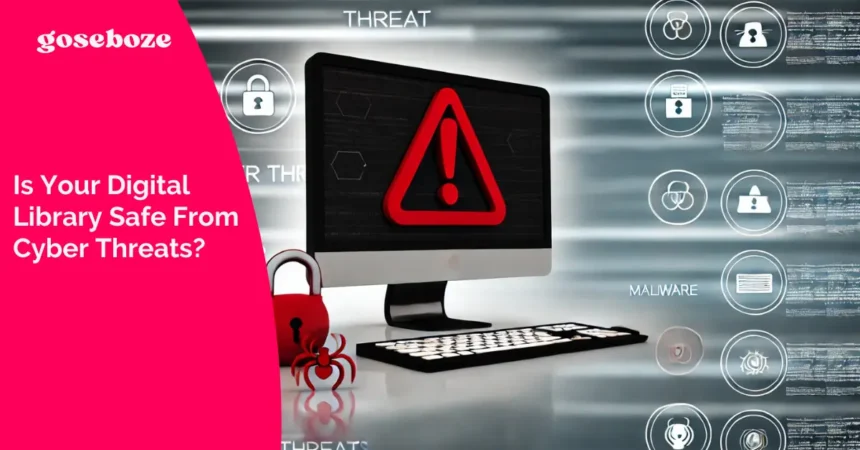There aren’t many people nowadays who don’t own a digital library, like music or video collections. They’re growing exponentially every day and have become attractive targets for cyber criminals.
Phishing attacks, ransomware, and malware infected files pose significant threats to your cyber security.
Fortunately for you, there are key cyber hygiene practices and strong incident response tactics that can reduce your risks.
The Growing Threat
One of the best defenses for your digital library is understanding what’s cloud incident response and how it can help mitigate cyber threats swiftly and effectively. When it comes to digital libraries, cyber threats go beyond the basics of hacking or unauthorized access.
If you download a file from an untrustworthy source or fail to update your software you could be opening up your personal information to phishing attacks, ransomware, and Trojans.
Here are some key threats that personal digital libraries are facing:
- Phishing and Social Engineering: in many ways, cybercriminals will use phishing emails or messages with malicious links. This is an attempt to trick you into revealing your login credentials.
If they gain access this means they can disrupt your library and potentially access other accounts you have linked to it.
- Malware and Ransomware: These two types of attacks involve malicious software infecting your devices. This can lock down your files and even delete content.
Some ransomware schemes even go as far as to demand payment to release access to your files. Hence the name. This can be a nightmare for any carefully curated collection.
- Account Takeover: If you’ve stored your library on a cloud-based service, your account itself can become a target. People often use weak or reuse passwords which makes it easier for attackers to gain access.
Once they get inside your account, they can change settings, delete files, or share your content without your knowledge.
- Man-in-the-Middle Attacks: this is something you should worry about if you frequently use public Wi-Fi. Cybercriminals can intercept data transmitted over these networks and might leverage outdated Bluetooth protocols for unauthorized access.
- This allows them to absorb your online behavior and possibly manipulate your downloads and uploads, even your favorite YouTube videos.
Read Also: How Digital Nomads Can Simplify the Moving Process
Securing Your Digital Library
Protecting your digital library requires a layered approach to cybersecurity. Here are some of the most effective measures:
- Enable Multi-Factor Authentication (MFA): this means you require more than just a password. MSA reduces the chances of unauthorized access to your accounts. Whenever possible you should activate MFA on any cloud service that’s hosted in your digital content.
- Regular Backups: nothing is certain in this world. Keep an updated backup of your digital they wrote on the secure device. Should your collection be compromised you will then have a clean copy to restore from.
- Strong Password Management: there’s nothing better than a unique and complex password that’s different for every individual account.
A password manager can help you create and store these if you’re worried about forgetting them. This significantly reduces the likelihood of experiencing a breach because of simple guesswork.
- Software and Device Updates: They may be irritating but most updates to your software include patches for security weaknesses.
Do you want to update the software onto your devices regularly and this includes your media players and operating systems. They may be the only way to keep hackers at bay.
- Public Network Caution: public Wi-Fi is convenient but you should avoid using it when accessing your library. If you need to use one, use a virtual private network (VPN) to protect your data from potential interception.
Final Thoughts
Your digital library is a precious collection of memories, moments, and your unique tastes. Be vigilant and prepared. By taking simple steps to integrate these practices in your cyber security protocols you remain alert to potential threats and can greatly reduce your vulnerability.
Cloud based incident response strategies can provide a road map for identifying, managing, and recovering from a cybersecurity incident. This is about more than just antivirus software. You need to be consistent and thoughtful when taking steps to ensure that your content remains in your safe hands.








